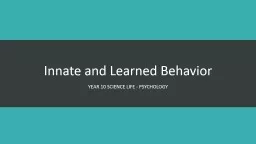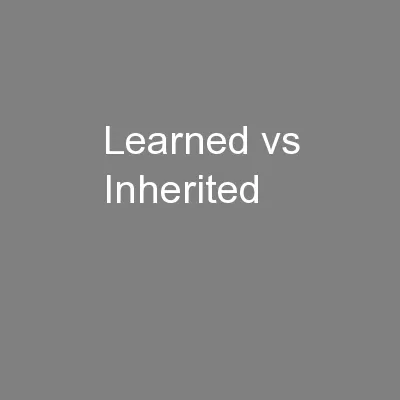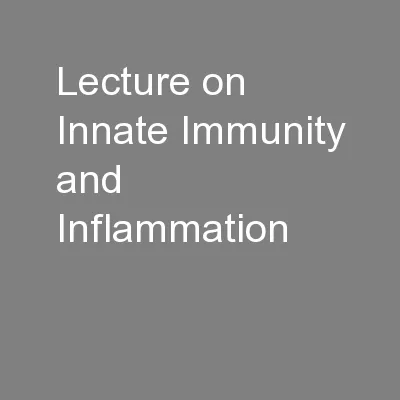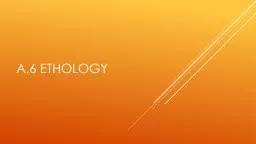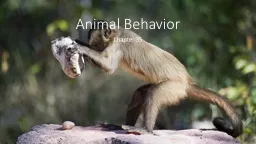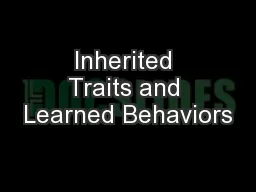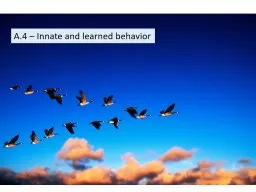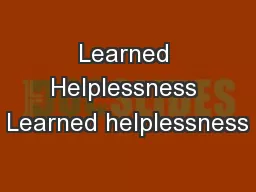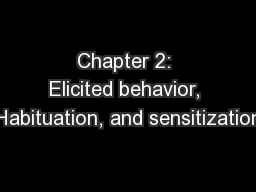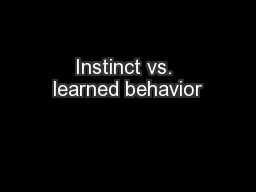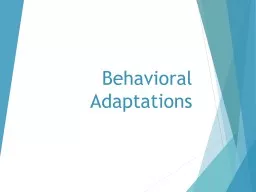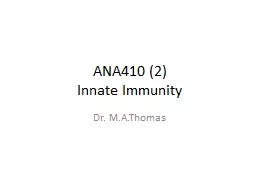PPT-Innate and Learned Behavior
Author : ellena-manuel | Published Date : 2017-05-07
Year 10 Science Life psychology A behaviour is any observable action made by a living person Examples include walking crying blinking eating etc All of these
Presentation Embed Code
Download Presentation
Download Presentation The PPT/PDF document "Innate and Learned Behavior" is the property of its rightful owner. Permission is granted to download and print the materials on this website for personal, non-commercial use only, and to display it on your personal computer provided you do not modify the materials and that you retain all copyright notices contained in the materials. By downloading content from our website, you accept the terms of this agreement.
Innate and Learned Behavior: Transcript
Download Rules Of Document
"Innate and Learned Behavior"The content belongs to its owner. You may download and print it for personal use, without modification, and keep all copyright notices. By downloading, you agree to these terms.
Related Documents

